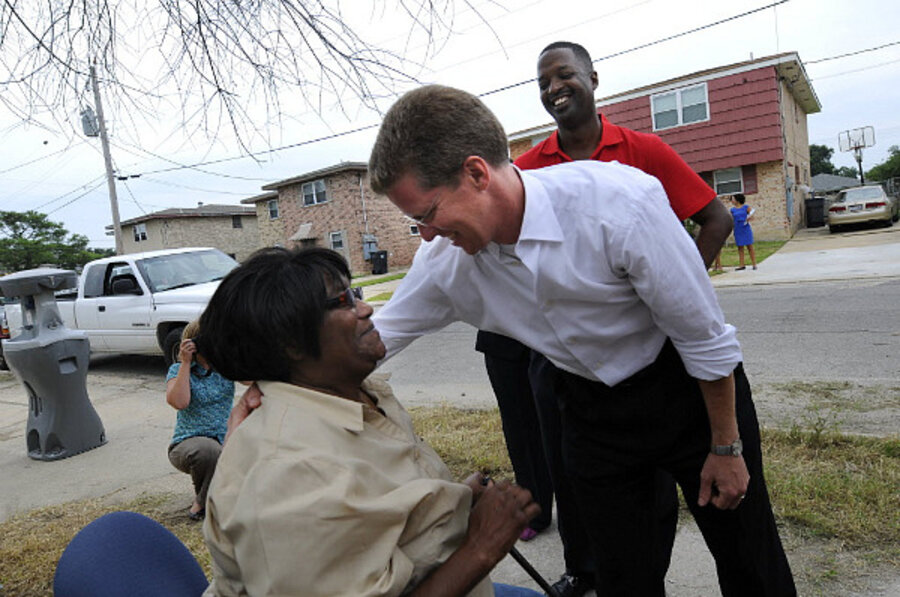Although a substantial portion of public housing in New Orleans received little damage during the flood, much of it was scrapped in the aftermath of Katrina. Five years later, the city still faces a severe shortage of low income housing, with a waiting list of 28,000 tenants for subsidized housing.
In 2008, local housing officials and the U.S. Department of Housing and Urban Development authorized demolishing four of the city’s largest public housing complexes, eliminating 3,077 apartments that had been occupied before Katrina.
Mixed income redevelopment has begun at the sites of two of the former developments. Rebuilding at the two other complexes is far behind schedule. Earlier this year, federal housing officials wrote a scathing assessment of the Housing Authority of New Orleans, noting that the local agency had overspent and could finance only half of the affordable apartments it had planned.
Columbia Parc, site of the former St. Bernard projects, is the most successful redevelopment to date, backed by investor Warren Buffett, hedge-fund manager Julian Robertson, and Atlanta developer Tom Cousins. Fifty apartments are now occupied, with plans for 1,325 apartments and homes.
Only a handful of former residents have moved into the new mixed-income housing at Columbia Parc, however. In May, former residents staged a sit-in at the company’s office, demanding the right to move into the new housing.





